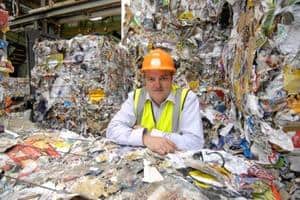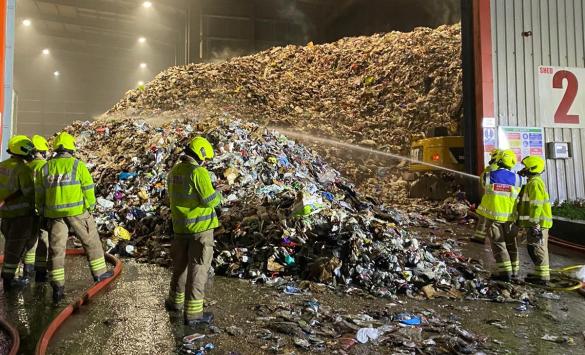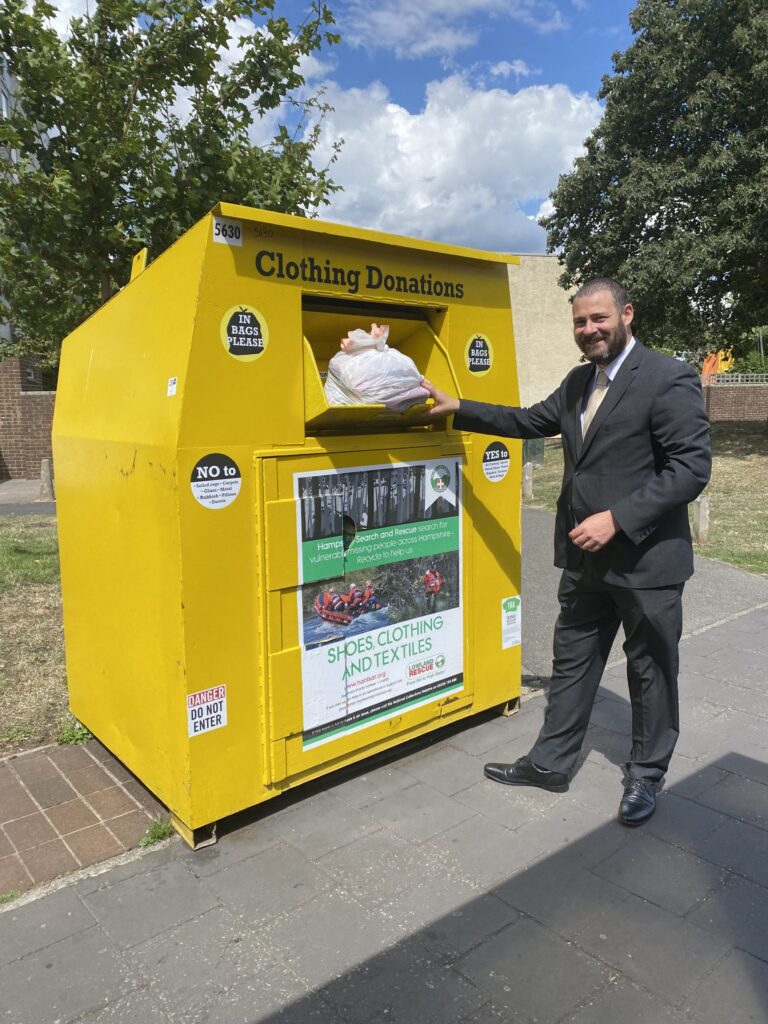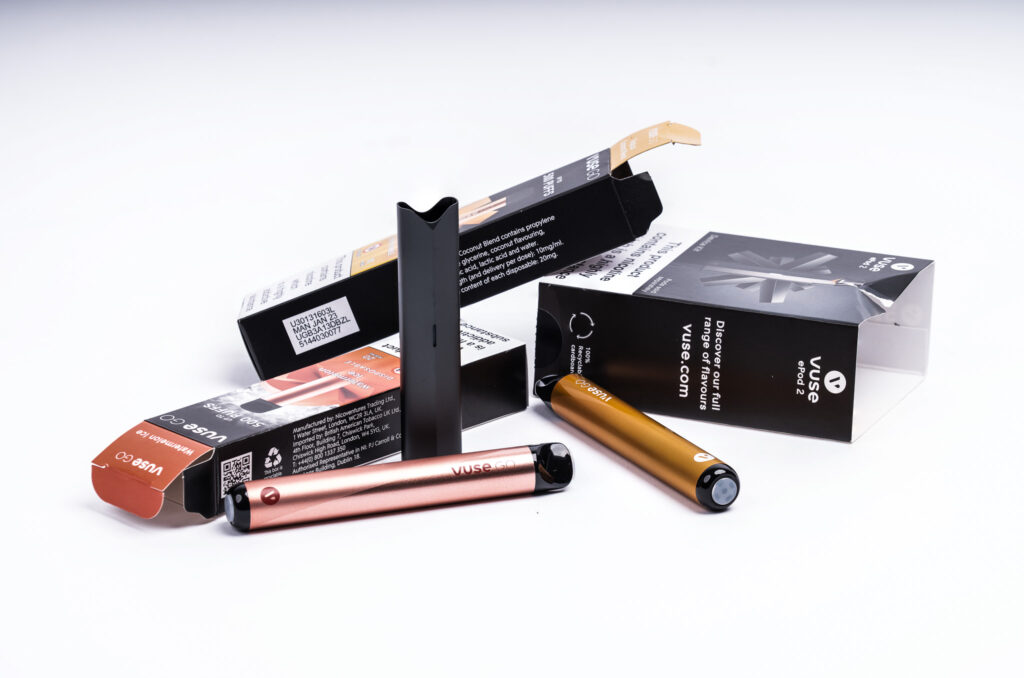According to Ian Wakelin, from Irish-owned firm Greenstar, commingled collections are simpler for householders to use than source separated collections, encourage higher participation, are safer and easier to operate and are at least as cost-effective.
The comments came on June 2 following months of debate over the merits of commingled collections, with groups such as the Campaign for Real Recycling (CRR) claiming that they reduced material quality and caused problems for reprocessors.
The issue came to a head in April 2008 when environment minister Joan Ruddock revealed that 9% of commingled loads were not recycled – which the CRR said was because materials recycling facilities were “wasting” the materials (see letsrecycle.com story).
However, Mr Wakelin – who is currently commissioning the UK's largest state-of-the-art materials recycling facility in the UK at Aldridge, Birmingham – told letsrecycle.com that many critics were using “strident and often misleading” arguments and were damaging public confidence in recycling through fighting a “losing” battle.
He added that the 9% rejection rate sounded too high and even if it was accepted, would be the same as that encountered by recycling crews during kerbside sorts.
“Delighted”
I think we could have a phenomenal increase in commercial recycling if only we had a larger number of modern materials recycling facilities
Ian Wakelin, Greenstar UK
Mr Wakelin said he was “delighted” by the conclusion of two years of work by WRAP published last week which supported commingled collections and claimed that the quality of paper from a MRF was generally the same as that collected at the kerbside (see letsrecycle.com story).
The study also showed that glass from well-run and -designed MRFs could, in the most part, be sent for melting, rather than aggregates.
He said: “The quality issue is the only potential downside to commingled collections and that is a perception. WRAP said that paper from a well-run MRF is the same as that collected at the kerbside and to me that puts the death knell in the argument that quality is an issue.”
“WRAP's findings show that glass collected as part of a commingled stream and processed through a modern MRF could, for the most part, be used in the glass remelt industry, the gold standard measure for recycling benefit,” he added.
Separated
Greenstar manages over 270,000 tonnes of material a year and forecasts an annual revenue of £121 million.
After taking over Verdant last year, the company now holds 20 recycling contracts – giving it experience collecting both commingled and source-separated material.
As a result, it believes that source-separated collections discourage participation and limit the number of materials which crews can collect because there are a limited number of compartments on their vehicles.
The company maintains that these collections are also less efficient because they can not enjoy the full benefits of compaction, which reduces the volume of streams such as plastic bottles – therefore requiring more vehicle trips.
Other problems it claimed included the need for more labour, health and safety concerns linked to the use of boxes rather than bins, and that they were less practical in inner-city areas with narrow streets and many high-rise homes.
Commingled
In contrast, Greenstar believes that commingled collections used safer wheeled bins, gained the full benefits of compaction and were less labour-intensive.
Most importantly, the company said that the collections could boost recycling volumes by 15% or more because they were easier to use, as was demonstrated in the Blackburn with Darwen borough council area earlier this year, when Greenstar changed from a dual to a single stream recycling service.
In terms of cost, he claimed that commingled collections were also 20-30% cheaper than material separated at the kerbside.
At present, nearly half of local authorities collect commingled material in single stream of dual stream services.
Mr Wakelin pointed out that the benefits of commingled collections could have particular significance for commercial recycling – where convenience was everything.
He said: “Lots of collection containers requiring materials separation at the business premises are just unacceptable to most busy organisations. I think we could have a phenomenal increase in commercial recycling if only we had a larger number of modern materials recycling facilities.”
Mr Wakelin is to discuss his views at a seminar on secondary materials and markets at the CIWM conference on Wednesday, June 11 in Torbay. Speeches will also be made by the Environment Agency, WRAP and London Remade.











Subscribe for free